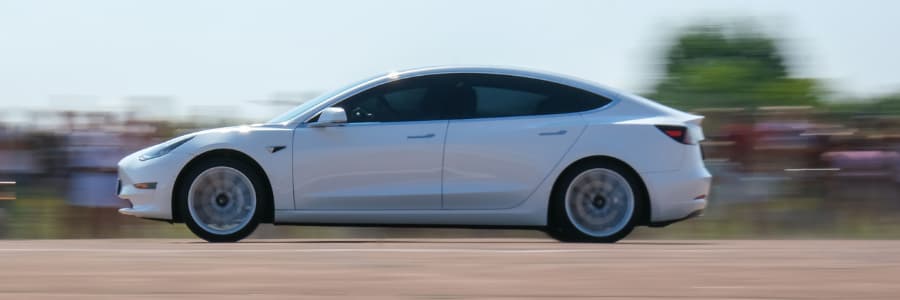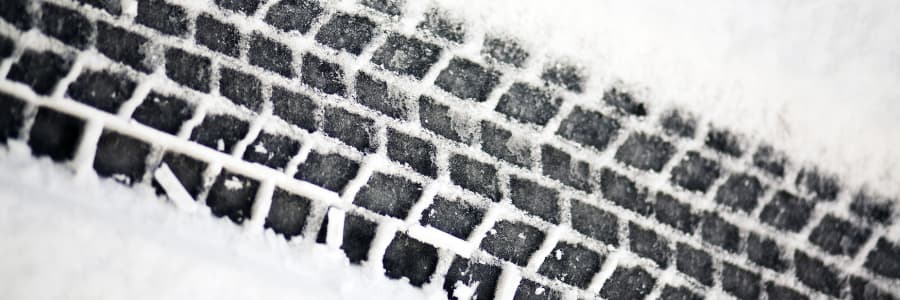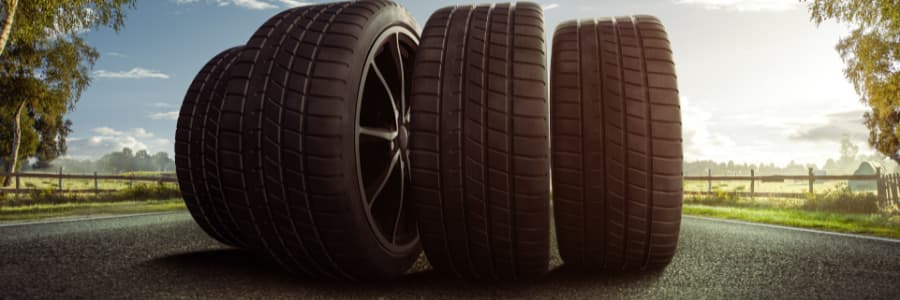The importance of maintaining optimal electric vehicle (EV) tire pressure cannot be overstated. Proper tire inflation maximizes EV driving range, vehicle safety, tire longevity and even your battery’s lifetime. This is doubly true in the winter months.
With the tips and tricks in this article, individual EV owners and organizations and companies managing fleets of electric vehicles can ensure they are optimally prepared.

You might be asking how significant an impact tire pressure has on EVs. A collaborative study by the Geely Research Institute, Shanglong Linglong Tire Co., and ExxonMobil set out to examine that question.
Their findings show that tire pressure significantly impacts the driving range of electric vehicles. Other findings included that 48% of the examined tires had poor air retention, with many suffering from high inflation pressure loss rates.
For EV owners and fleet managers, too low tire pressure can result in a 4% drop in range per charge. The study added the numbers and found that if EVs in China had optimal tire choices. The cumulative savings would be 90 million kWh annually. For reference, an Average American household uses 10,500 kWh a year.

Having tires with sub-par pressure can also create various other issues and problems for EVs.
For example, it can lead to increased rolling resistance, which translates into increased wear and tear on the tires and, in turn, further reduces the vehicle’s range efficiency.
Other issues include uneven tread wear, reduced vehicle control, increased risks of tire blowouts and damaging effects on the vehicle’s suspension.
All of the above effects are magnified in fleet operations, where even a slight decrease in efficiency per vehicle can lead to significant increases in operational costs and energy consumption across the entire fleet.

The cold winter months pose unique challenges for maintaining EVs, including where tires and tire pressure is concerned.
Lower temperatures can cause the air inside tires to contract, leading to underinflation. This situation can often happen if an EV is parked inside when its tires are topped up with air. Cold outside temperatures can make the air in the tires contract, lowering tire pressure.
As we have described in a separate article, this can add to the issues EVs already face in winter, as the decreased tire pressure can further reduce battery performance in cold weather, leading to a noticeable drop in driving range.

For optimal tire pressure maintenance in EVs, especially in winter, the following practices are recommended:

For EV fleets, the cumulative effect of maintaining optimal tire pressure across all vehicles can lead to substantial savings in energy consumption and operational costs while also contributing to the organization’s sustainability goals.
A mere change of tires to those with low inflation pressure loss rates (IPLR) could result in significant yearly power savings, emphasizing the need for careful tire management in the era of electric mobility.
Steps toward ensuring correct tire pressure across the EV fleet include: